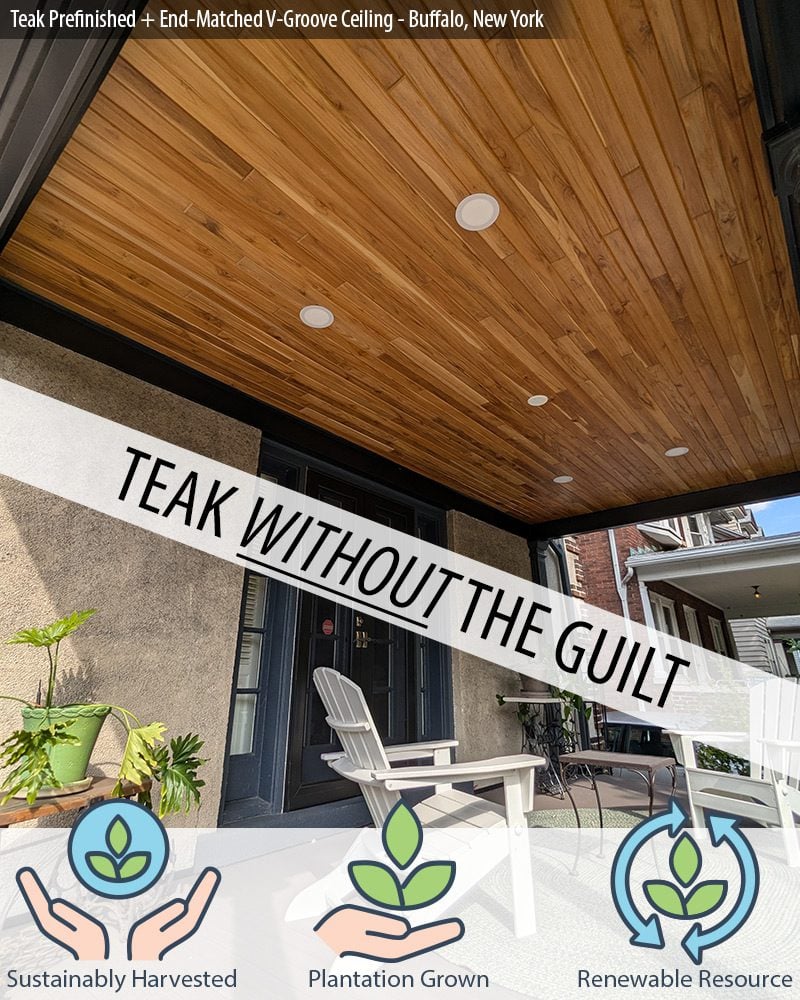2025 Building Material Price Forecast
Decking Trex has increased pricing on all composite decking lines by 7.5%, with the exception of their top line Signature series which has been increased by 15% for the 2025 decking season. Timbertech, which focuses more on PVC decking, has increased pricing by 3.5% as they aggressively try to gain more market share in the …

